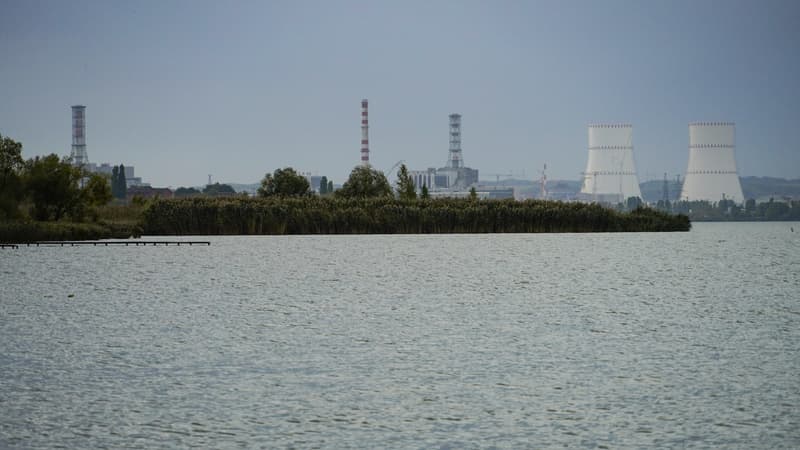These are recreational drones modified to transport explosive charges, viral strains that can be transformed into biological weapons, cyber surveillance technologies or even carbon fibers for golf clubs that will be used for helicopter blades…
Dual-use products are subject to authorizations to be exported, and these exports skyrocketed in 2024. According to the report of the Directorate General of Enterprises (DGE) presented to Parliament on October 6, in 2024, France granted 3,407 export authorizations for these dual-use products, representing a cumulative total of 15.7 billion euros, a sum that increased by 41% compared to the previous year, which in turn was up to 26% compared to 2022.
Questioned on the subject during a parliamentary hearing in February 2025, the then Minister Delegate of Industry, Marc Ferracci, declared that SMEs and very small companies represented half of the 590 exporters of dual-use goods. And it is the nuclear, aeronautical and space sectors that drive these exports, with a preponderant share for nuclear, which represents 48% of export authorizations, according to Marc Ferracci. The three main importing countries of these French dual-use products are China (6.1 billion euros), South Korea (2.2 billion euros) and the United States (1.8 billion euros).
Nuclear energy for Russia
In particular, export authorizations to Russia more than tripled between 2023 and 2024: they went from 62.1 million to 205.6 million in 2024, after having fallen by 90% between 2021 and 2023. These export authorizations for dual-use products “refer exclusively to the civil nuclear sector, for which the European sanctions regime on Russia provides, in particular, an exemption of operation, maintenance, fuel reprocessing and safety. of nuclear energy capabilities,” the report states.
Since the start of the war in Ukraine in February 2022, the European Union has imposed several rounds of economic sanctions on Russia: in total, export bans to Russia represent more than 48 billion euros, while the ban on imports of Russian products amounts to 91.2 billion euros, indicates the European Commission. The specificity of dual-use products is precisely their propensity to be used in both civil and military situations, “including all products that may intervene in any way in the manufacture of nuclear weapons or other nuclear explosive devices,” specifies a European regulation on the matter.
However, while civil nuclear exports to Russia are relatively insignificant in terms of financial volume, they still represent a challenge in terms of monitoring, particularly taking into account the risks of diversion from initial use and also re-exports to third countries. The DGE report to Parliament mentions “increased surveillance” in the initial phases, as well as a “systemic analysis of suspected circumvention” after the sale.
Source: BFM TV


